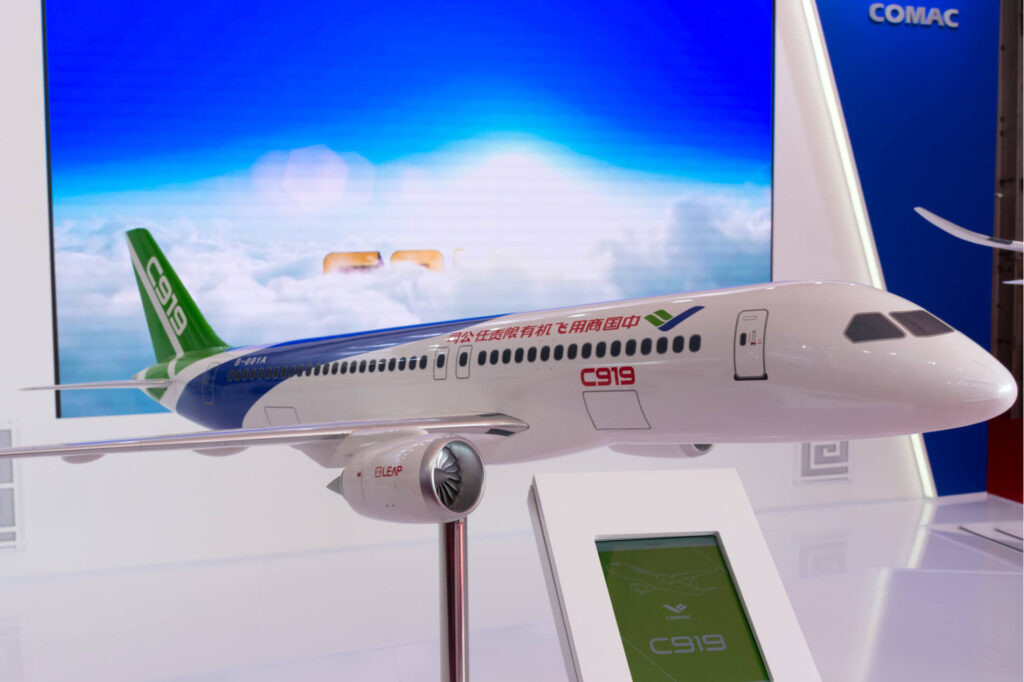While the certification process of the Chinese-made competitor to the Airbus A320 and Boeing 737 aircraft families has dragged on, it seems like the C919 is a few steps away from finally being able to fly commercially. Furthermore, China has reiterated its plans to develop a domestic alternative to the CFM International LEAP-1C, the only engine variant currently available for use for the Chinese narrow-body.
According to the aircraft’s chief designer Wu Guanghui, COMAC expected that the Civil Aviation Administration of China (CAAC) would certify the C919 by the end of 2021, as the aircraft wraps up its flight testing campaign. Guanghui provided an update on the C919 during the annual meeting of the Chinese Communist Party (CCP), called the National People’s Congress (NPC) in Beijing, China, which began on March 5, 2021.
The COMAC C919, which first flew in May 2017, was initially scheduled to do so in 2014 when the Chinese manufacturer announced the program in 2008. The narrow-body, destined for competition against the Airbus A320neo and the Boeing 737 MAX, was also supposed to enter service in 2016.
A major milestone is expected to be announced on July 23, 2021, when the CCP will celebrate its 100-year anniversary. On that day in 2020, COMAC revealed in a news release that the ARJ21, a China-made regional jet, welcomed its 1 millionth passenger on July 20, 2020.
Furthermore, China aims to finally complete the development of a domestically-made engine for the C919 by 2025. The plans, revealed during the same annual meeting when the NPC presented the 14th five-year plan, aim to propel the development of the CJ-1000A engine.
The turbofan, developed by AECC Commercial Aircraft Engines (ACAE), was first revealed during the Beijing Air Show in 2011. Back then, the Chinese government indicated that the CJ-1000A’s “research and development is expected to be completed in 2016.” The Chinese Ministry of Industry and Information Technology (MIIT) revealed that it completed the assembly of the first demonstrator of the engine type in December 2017. It was slated to enter service sometime after 2021, reported FlightGlobal.
